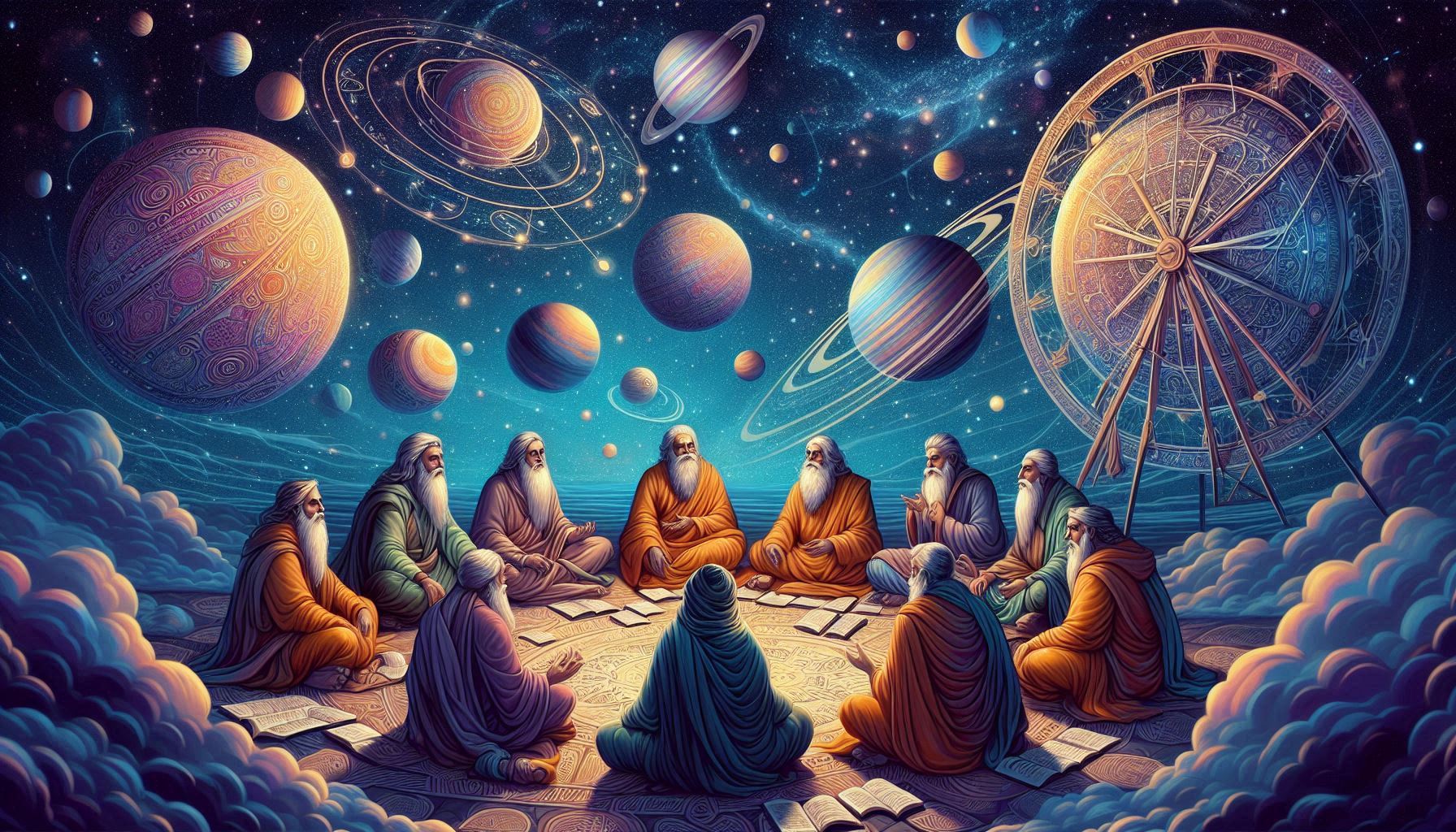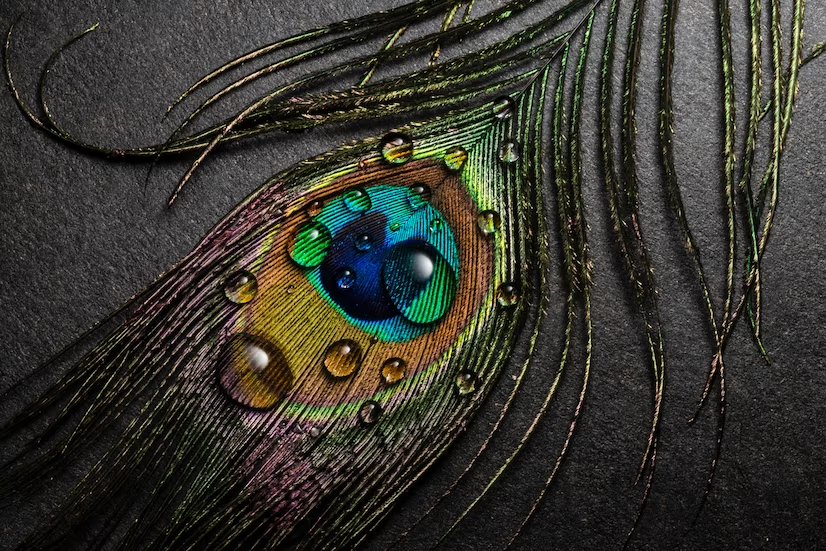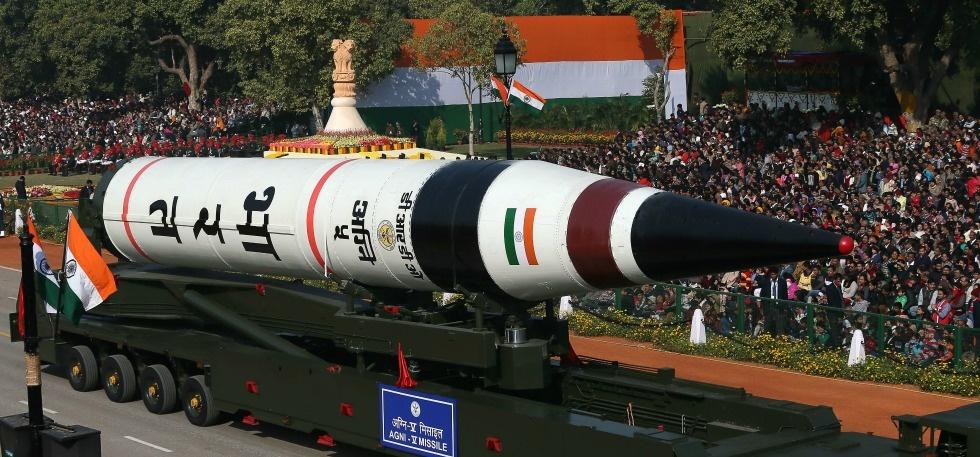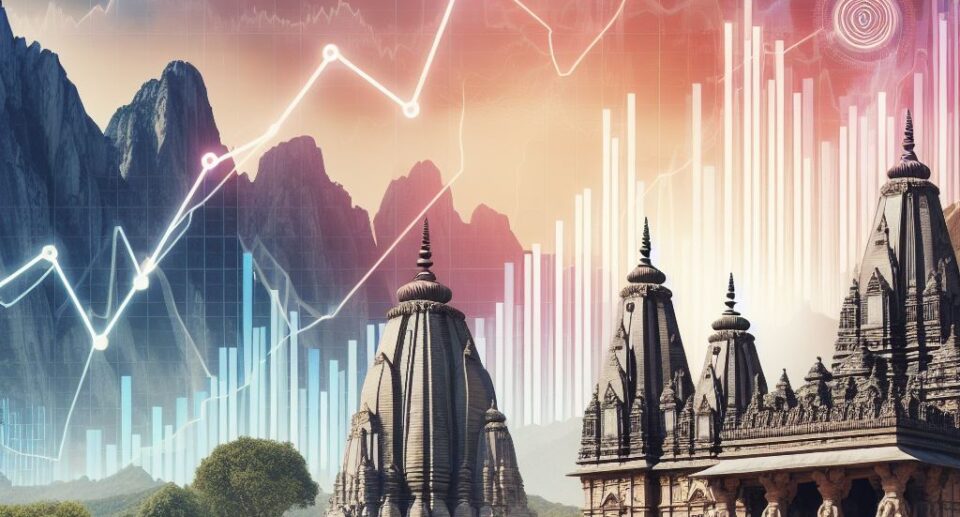Embers of the Past: Deepawali’s Fireworks, a Celestial Embrace of Ancestors
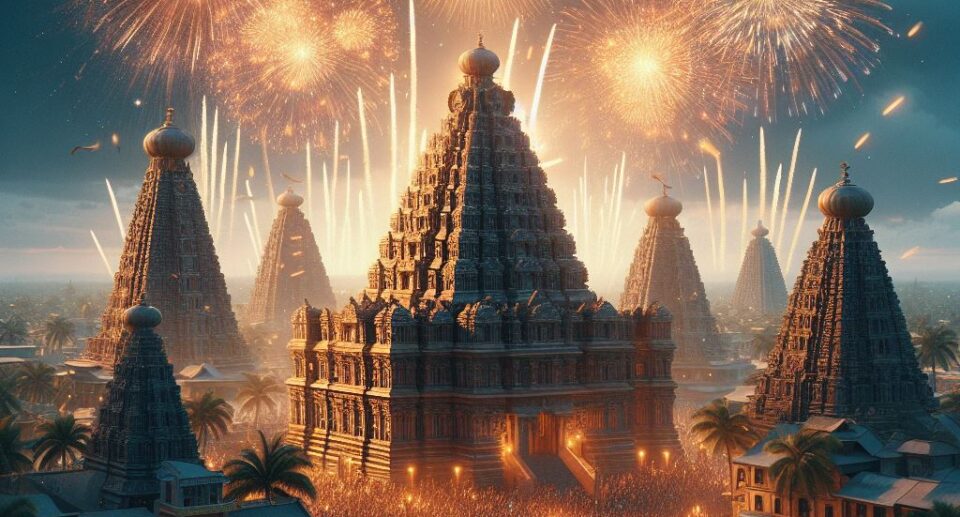

Amidst the resplendent spectacle of Deepawali, the night sky alights in a symphony of brilliance and sound. Rockets ascend, leaving behind vibrant trails of colour, while sparklers hiss and sputter, sketching fleeting constellations in the air. Yet, beyond the mesmerizing display, within the crackling pyres and resonant bursts, lies a fact far more ancient than the invention of gunpowder itself—a tale whispered by embers of tradition, echoing with the footsteps of ancestral spirits returning home.
Despite common propaganda that Deepawali’s fireworks are a relatively recent import, a borrowed spark from distant lands, a closer examination of history reveals a different story. Within the dusty annals of time, a story unfolds where fire has danced to the rhythm of ancient Bhartiya rituals, and smoke has borne the prayers of countless Sanatani generations.
The prevailing misconception is rooted in the widely accepted birthplace of gunpowder, China, credited with its invention in the 9th century. However, history, like a mischievous sparkler, delights in unexpected turns. Subtle evidence points to a Bharatiya Buddhist monk who, in 664 CE, illuminated the path across the Silk Road, carrying the knowledge of gunpowder eastward. This shift in perspective reframes the narrative, reclaiming the spark for India, the real cradle of innovation worldwide.

At the core of this ancient embrace is the belief in Pitra Paksha, a sacred fortnight preceding Deepawali when ancestors descended to Earth from Pitra Lok. As Chaturdashi and Amavasya, the moon’s waning phases, cast their shadows, it is the fiery embrace of ‘Ulkas’ (interpreted as firebrands) that guides these returning spirits homeward. The Skanda Purana, a revered Hindu text, echoes this belief, its verses urging the use of Ulkas—a testament to the practice’s deep roots in Vedic tradition.
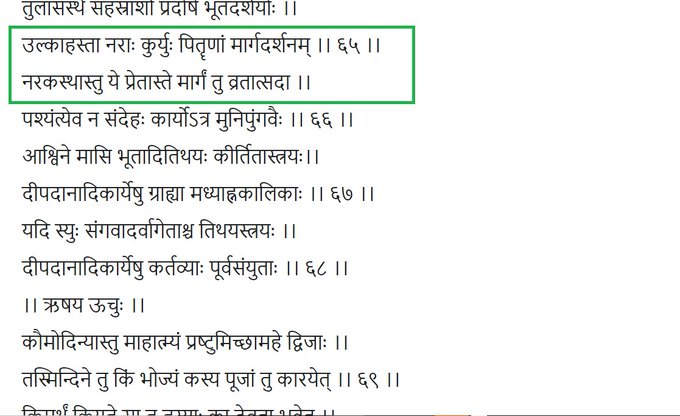
Verses #66-68 of the Skanda Purana list that people must light deep or diya to bridge the earthly realm to that of those who live no longer. The ritual of bursting firecrackers not only honours the departed souls but also aids them in navigating the cosmic journey with clarity.
The sparks of the burning ‘Phooljhadi’ emitted by these crackers mirror the divine Ulka light, casting away darkness and invoking positive energies. The noise of crackers is believed to ward off evil. Therefore, the sparks from your firecracker not only signify celebration but are an important part of ‘Pitra Paksha rituals’ that only a few are aware of.

The echoes of history resonate not just in texts but in the very ingredients fuelling the flames. The Mahabharata speaks of smoke balls, believed to be early forms of gunpowder, while the Atharvanarahasya unveils the secrets of charcoal, sulphur, and saltpetre—the very triumvirate propelling modern fireworks. This further strengthens the case for an indigenous understanding of these explosive forces way before any other known usage of fireworks across global history.
Today, in villages nestled amidst emerald rice fields and bustling city squares alike, the tradition lives on. In Andhra Pradesh, skilled hands continue to craft fireworks using age-old methods, echoing the techniques passed down through generations. Even the names of these ingredients, with their Sanskrit etymology, stand as silent sentinels, guarding the secrets of a legacy far older than borrowed light.

However, the significance of Deepawali’s pyrotechnics extends beyond mere illumination. They are a canvas upon which faith paints its vibrant hues. The crackle and boom are not merely celebratory noises but prayers etched in sparks, welcoming ancestors with a symphony of light. Paintings from across time, depicting deities like Sree Krishna revelling in fiery revelry, further cement this connection—a visual tapestry woven with threads of devotion and tradition.
As the embers of Deepawali fade, they leave behind not just the lingering scent of gunpowder but a deeper understanding, a connection to a past where fire embraced the faith, and light-guided spirits home. So, the next time you witness the celestial dance of Deepawali’s pyrotechnics, remember this historical embrace—a whispered tale carried on the wings of smoke, where tradition illuminates the path for both light and spirit.

